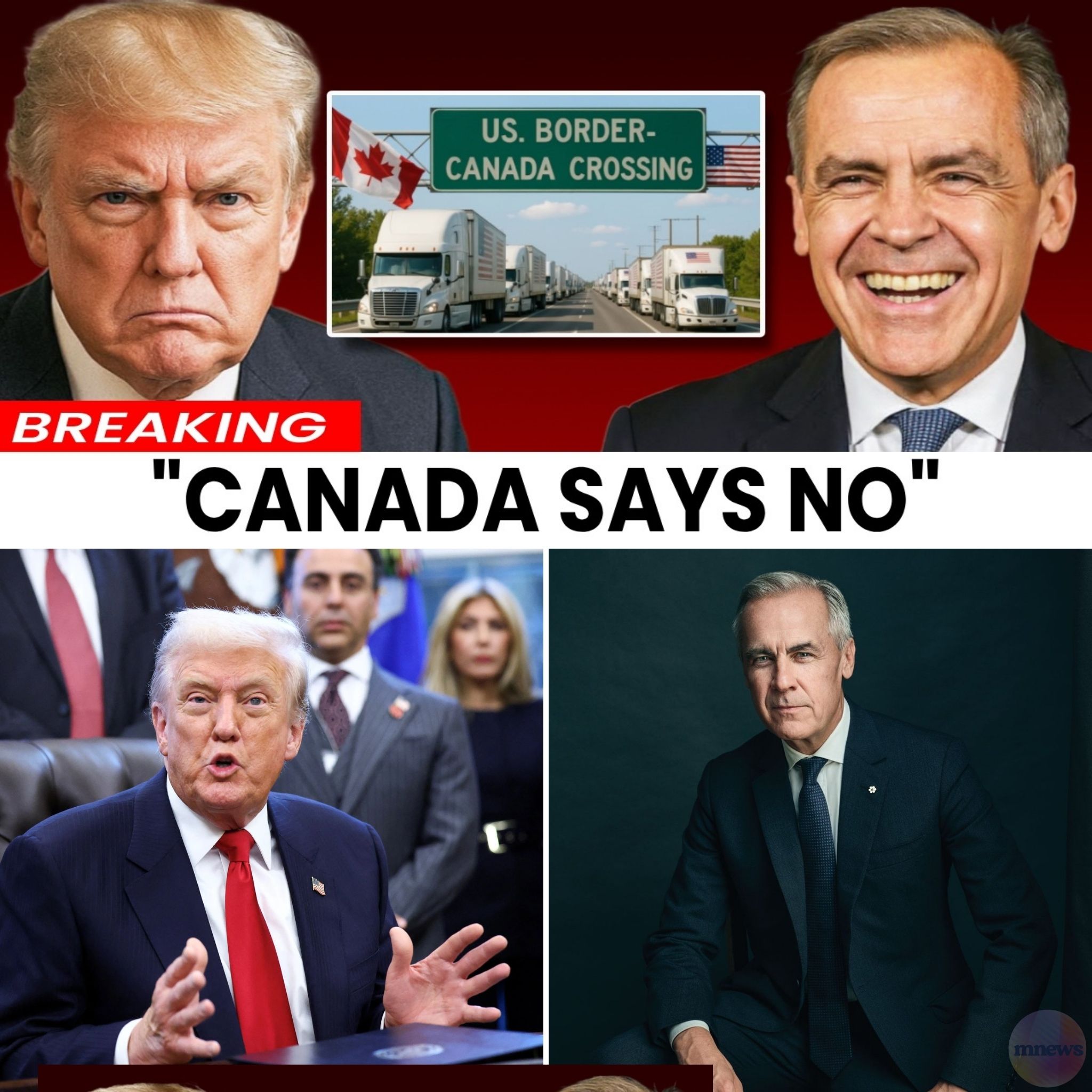In a shocking escalation of economic tensions, President Trump has announced a 10% tariff on Canadian goods, a move that has stalled trade negotiations with America’s closest ally. The decision, made public via Truth Social in the early hours, has sent shockwaves through global markets, leaving analysts and corporations scrambling to comprehend the implications of this abrupt shift in U.S.-Canada relations.

The announcement comes on the heels of a confidential assessment by the National Economic Security Council, which reportedly concluded that Canadian trade measures were undermining the benefits of existing U.S. tariffs. Trump’s swift action, described as a response to “unacceptable anti-tariff measures” from Ottawa, has left senior officials in Washington blindsided and has raised concerns about the stability of regional trade.
Trade between the U.S. and Canada amounts to over $700 billion annually, encompassing a wide array of sectors from automotive to energy. The immediate fallout from this trade freeze could lead to significant supply shortages for American manufacturers and jeopardize Canadian exporters’ access to their primary market. With both nations heavily intertwined economically, the repercussions of this tariff increase could be felt far beyond North America.
In response, Canadian officials are already exploring alternative markets, signaling a historic pivot away from reliance on the U.S. for trade. High-level discussions with China are reportedly underway, focusing on expanding trade in technology and natural resources. This potential realignment poses a serious challenge to U.S. influence in the region, as Canada considers diversifying its economic partnerships.

The situation is further complicated by rising geopolitical tensions, particularly regarding China’s expanding role in global trade. Analysts warn that if Canada deepens its ties with China, it could shift the balance of power in North America, undermining U.S. dominance in key sectors. The Trump administration is reportedly drafting contingency measures to monitor Chinese economic activity in Canada, reflecting a growing concern over the implications of such a partnership.
As both nations navigate this precarious moment, the stakes are high. The potential for a complete breakdown in U.S.-Canada trade relations looms large, with economists cautioning that failure to reach new agreements could lead to long-term economic consequences for both countries. The coming months will be crucial in determining whether this trade conflict marks a temporary disruption or the beginning of a lasting transformation in the global economic landscape.
In this climate of uncertainty, the question remains: will North America find a way to restore its economic unity, or are we witnessing the emergence of a new era characterized by divided alliances? The unfolding events could redefine not just trade in North America, but the very structure of global commerce as we know it.





